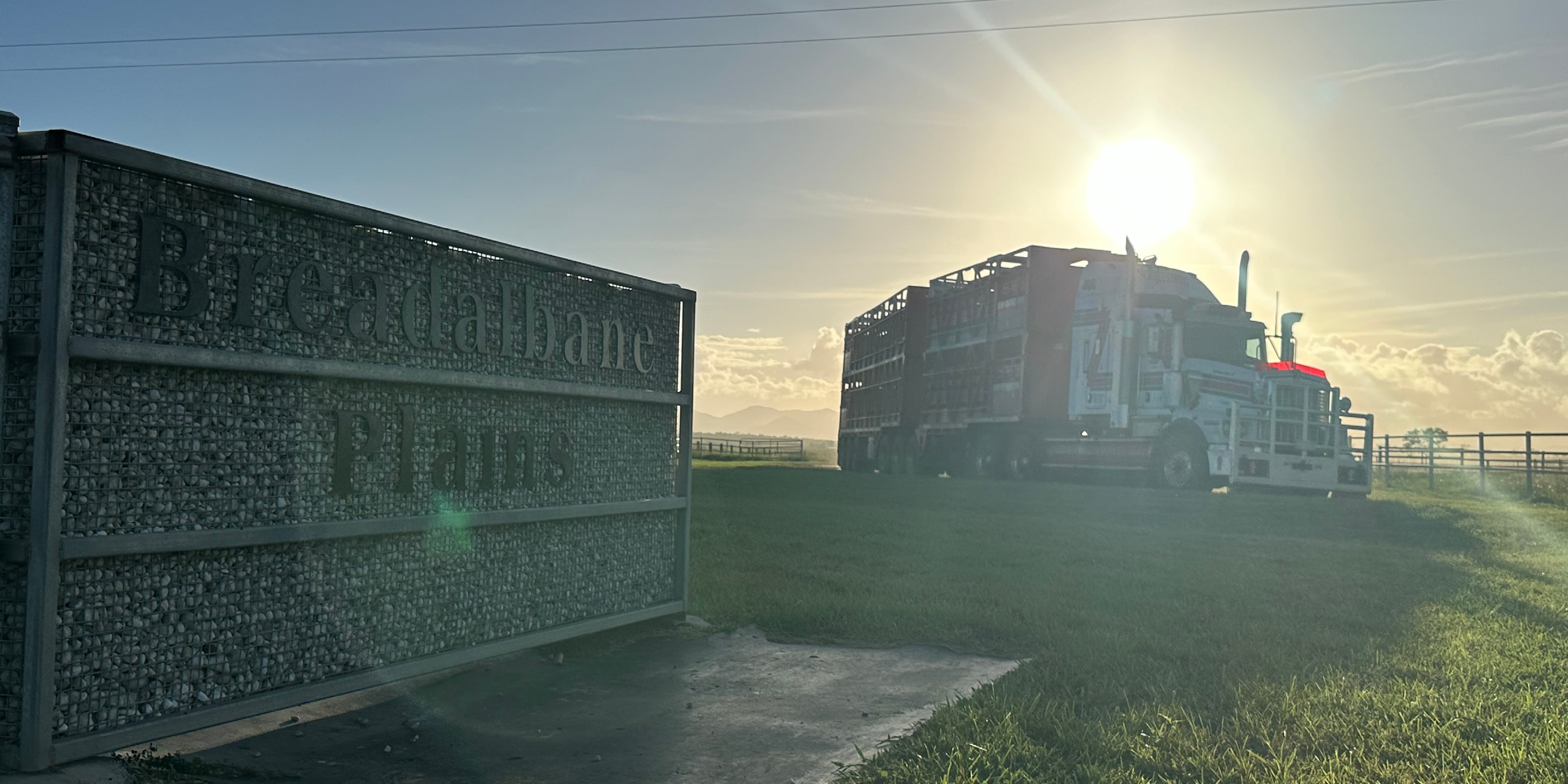
About Vella Brahmans
Vella Brahmans is a brahman seedstock and commercial operation owned and operated by third-generation farmers Ray and Leah Vella alongside their children Kurt, Kayla and Beau.
The operation is based out of Breadalbane Plains in Proserpine, Queensland, and is home to over 1,000 head of registered Brahman cattle, 3,000 commercial cattle, and produces up to 80,000 tonnes of sugarcane annually.
After being awarded an Australian Nuffield Farming Scholarship, Ray travelled the world for 18 weeks researching pasture management, cattle breeds, processes and systems, and investigated various methods of beef cattle genetic selection. This research, combined with the family’s complete faith in the Brahman breed, has created a strong belief that Brahman is one of the best, most functional, low input breeds the world has at its disposal.
With this belief in mind coupled with the young family’s passion for breeding quality cattle, Vella Brahmans will continue to actively contribute to the broader Brahman community while aiming to set new benchmarks in breeding.
“The future for the herd will be to slowly invest in poll genetics,
while embracing both genomics and carcase traits.”
Over the last 20 years Vella Brahmans have bred their own Brahman bulls for their commercial herd, gathering genetics from Australia and the US. Their long-term goal is to expand the herd while maintaining quality and efficiency in the cattle and ensure longevity in their herd.
With the selection of appropriate genetic traits, Vella Brahmans aims to ensure their herd is productive with minimal inputs for performance. And with Breadalbane Plains being nestled in a 1000mm rainfall belt, this ensures Vella Brahmans’ cattle can adapt and perform in any environment with ease.
In 2024, Vella Brahmans made a significant investment in the Brahman breed through their purchase of the NCC herd. This has allowed the Vella family to fast track their expansion dreams, with plans for a branded grass-fed Brahman beef product, pasture improvements, and advanced nutritional supplementation and the introduction of feedlot systems.


